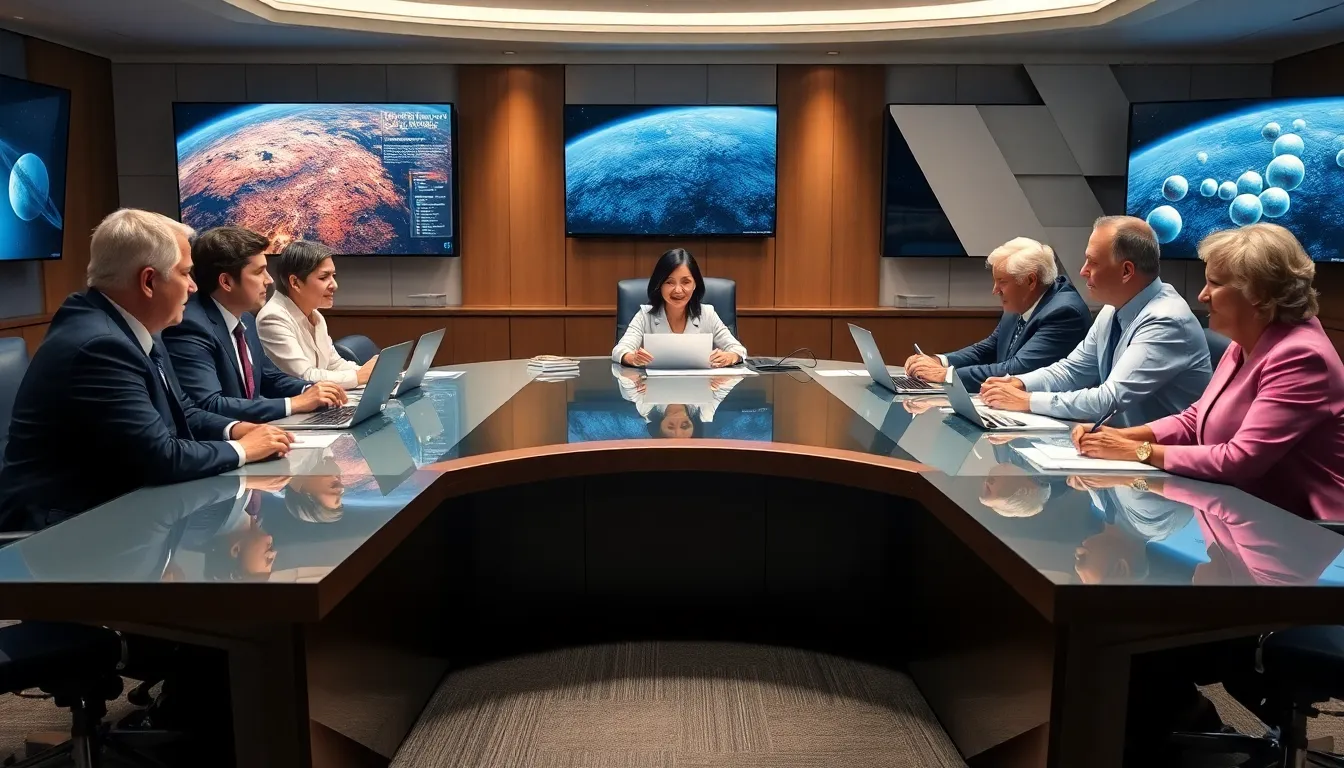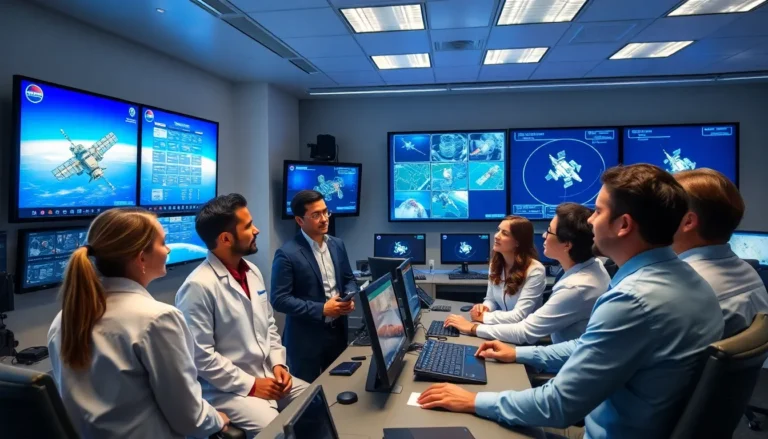Picture this: rockets blasting off into the stratosphere, breakthroughs in sciences we can’t even pronounce, and legislation navigating through the halls of Congress like a well-oiled machine. This may sound like the plot of a sci-fi thriller, but it’s actually the everyday grind of the Committee on Science, Space, and Technology. Not just a fancy title, this committee plays a crucial role in shaping technology and scientific achievement in the United States. So, what exactly goes on behind those closed doors? Buckle up, because this article dives deep into the loveable nerds steering the ship of innovation and exploration.
Table of Contents
ToggleOverview Of The Committee’s Role

History And Formation
The Committee on Science, Space, and Technology has a rich history dating back to the early days of the U.S. Congress. Established in 1958, its roots are deeply embedded in the aftermath of the Soviet Union’s launch of Sputnik, the first artificial satellite. This event stirred a sense of urgency in the U.S. to not just compete in the space race but to excel in science and technology.
Today, the committee is known for its bipartisan approach to nurturing advances in various fields. The aim is to ensure that America continues to lead the world in technology and scientific research. In essence, it’s like a big family coming together, not to argue over the last slice of pizza, but to ensure the future of innovation remains bright.
Key Responsibilities and Functions
So, what does this committee actually do? Its primary responsibilities include overseeing the National Aeronautics and Space Administration (NASA), the National Science Foundation (NSF), and other federal agencies involved in science and technology. They dig into policies that affect everything from climate change research to space exploration initiatives, ensuring they align with the national interest.
In simpler terms, the committee acts like a watchdog, but instead of barking at passersby, it barks at legislation to ensure it promotes the best scientific practices and furthers technological advancements. It holds hearings, debates on proposed legislation, and plays a crucial role in funding allocation, making it a significantly influential body in the realm of science and technology.
Current Leadership and Membership
Currently, the committee is led by a diverse group of representatives, each bringing unique expertise to the table. This leadership consists of members from both major parties, embodying the bipartisan essence that fuels effective governance in science and technology matters.
The membership also includes a mix of seasoned lawmakers and fresh faces, each with their own perspectives on innovation and exploration. This blend not only enriches discussions but encourages the development of well-rounded policies that address a myriad of scientific interests, from climate change to artificial intelligence. Having this wide range of expertise ensures that all opinions are aired and considered before any policy is pushed through.
Major Legislative Initiatives
Impact on Science and Technology Policy
Over the years, the committee has championed several legislative initiatives that have profoundly impacted science and technology policy. The Innovation and Competition Act, for example, seeks to enhance U.S. competitiveness in science and technology while ensuring that the citizens benefit from advances in research.
Another significant piece of legislation was the American Innovation and Competitiveness Act, designed to strengthen the scientific research community and ensure broader participation in science initiatives, especially among underrepresented groups. These initiatives reflect the committee’s commitment to not just advancing technology but ensuring that it serves everyone’s interests.
Contributions to Space Exploration
When it comes to the cosmos, the committee’s contributions are nothing short of stellar. NASA’s funding, primarily overseen by this essential group, fuels numerous projects, including Mars missions and the Artemis program, which aims to return humans to the Moon.
Through various initiatives, the committee has also encouraged international collaborations in space exploration. This includes relationships with organizations inspired by the European Space Agency and partnerships with private companies aiming to innovate space travel. This effective collaboration ensures that the U.S. does not work in isolation but stands shoulder to shoulder with the global community.
Collaboration With Other Agencies and Organizations
Future Challenges and Opportunities
In an era where technological advancements occur at lightning speed, the committee faces a multitude of challenges and opportunities. As the landscape of science and technology continues to shift, think AI, climate change, and cybersecurity, there’s a pressing need for adaptive legislation.
Working alongside entities like the Department of Energy, the Environmental Protection Agency, and countless academic institutions, the committee is preparing for these challenges head-on. They are cultivating a collaborative environment where researchers and lawmakers can find mutual ground. Also, addressing issues like climate resilience and renewable energy also means they must balance progress with sustainability. The future looks promising, but it will require continued vigilance and innovative thinking.




